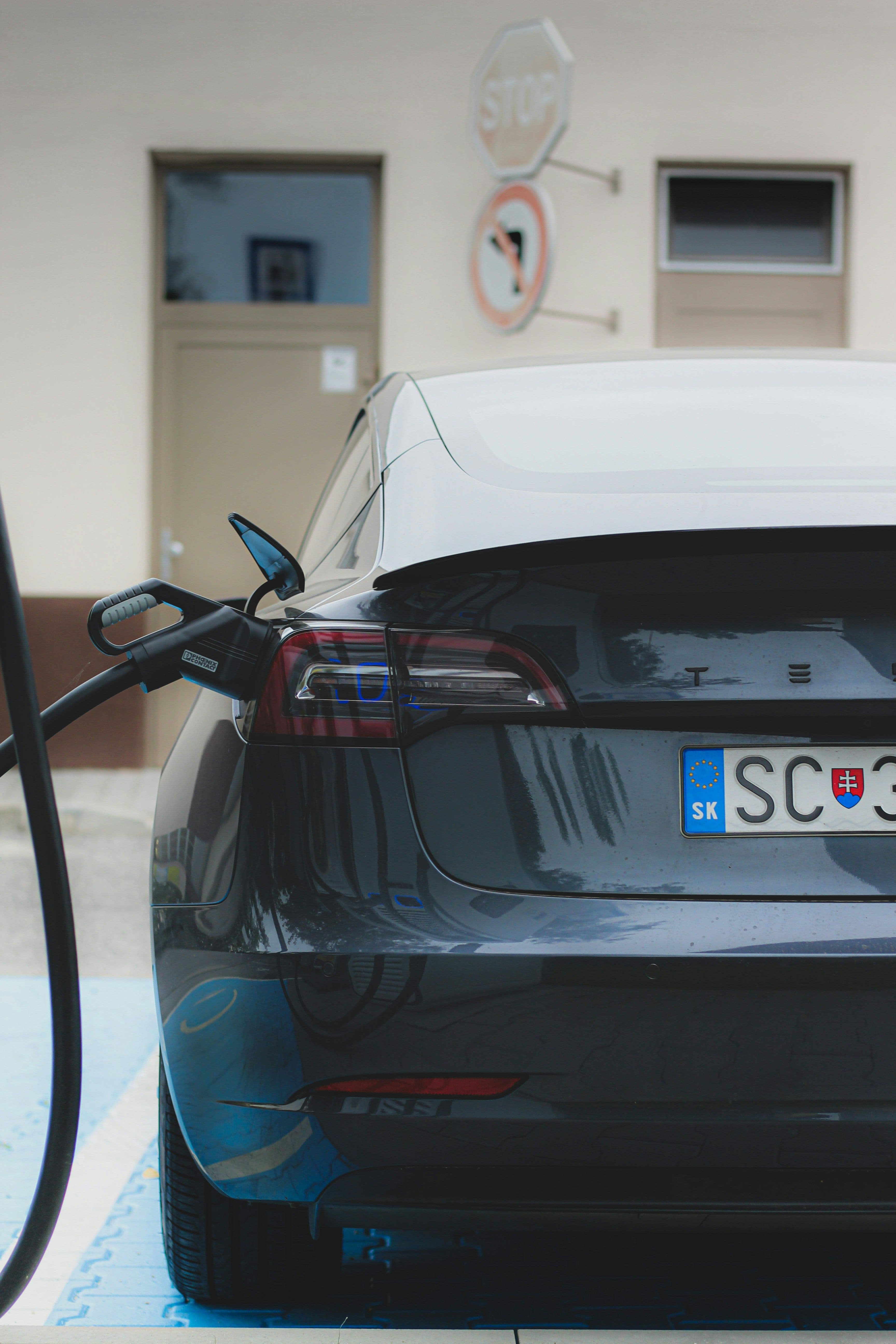The growing demand for electric cars to meet global sustainability goals propels the need for publicly available EV chargers. Nations across the globe are prioritizing their work toward climate neutrality by making significant changes to their infrastructure, accommodating the growing demand for EV chargers. These efforts collectively aim to create a comprehensive and accessible charging network that supports the widespread adoption of electric vehicles and contributes to a cleaner and more sustainable urban environment. As of the end of 2022, there were over 2.7 million public charging stations worldwide. Charging electric vehicles offers two distinct alternatives to cater to users’ needs: fast and slow charging.
Fast Charging
Fast charging stations provide higher power levels than slow chargers, delivering between 50kW to over 350kW of power—the high amount of power results in a quicker charge. The car battery can be fully charged much faster, depending on the power level and capacity. Fast chargers are often located along highways and rest areas to facilitate long-distance travel.
The most common DC (Direct Current) fast charger is CCS (Combined Charging System), which is rapidly becoming the international standard. CCS chargers are most commonly found in Europe and are compatible with all European car manufacturers and upcoming American and Asian manufacturers. Tesla chargers, known as NACS (North American Charging Standard), are most common in the United States. CHAdeMO connectors are mainly found in Asia and were introduced as early as 2010 with the Nissan Leaf; they are currently being phased out to make way for CCS chargers.

Tesla Superchargers – Unsplash
"Slow" Charging
Slow charging stations provide lower power levels, usually up to 22kW, and take longer to charge an EV than fast charging stations. They are best suited for overnight charging where the vehicle will be parked for an extended period and are commonly found at homes, workplaces, parking lots, and residential areas. Slow charging stations use AC connectors, such as Type 2 in Europe and J1772 (Tesla/NACS) in North America.
Slow vs. Fast Chargers
Slow charging is typically AC (Alternating Current) charging. AC charging stations provide relatively low power levels, usually up to 22 kW. These stations are commonly used for overnight charging, where the vehicle is parked for an extended period. The charging process involves converting AC power from the grid into the DC power needed to charge the vehicle's battery, handled by the vehicle's onboard charger.
In contrast, fast charging stations often use DC (Direct Current) charging technology, providing higher power and faster charging speeds. Fast charging stations directly provide DC power to the vehicle's battery, bypassing the need for the vehicle's onboard charger to convert alternating current to direct current. This results in quicker charging times, making it suitable for longer trips and quick top-ups.
Top Countries with Advanced EV Charging Infrastructure
Forbes recently released an article evaluating the EV readiness levels of 25 countries to determine how prepared each nation is for the EV revolution. The study examined several factors, including the number of EV sales, the number of charging points per capita, and road quality. The findings showed that Europe is setting the benchmark, with Switzerland at the forefront.
In Switzerland, a remarkable 25.5% of newly registered cars are electric rechargeable models, and there's a concerted effort to elevate this figure to 50% by 2025. Notably, the Swiss government has pledged to double the count of publicly accessible electric charging stations within a mere three-year span. Coming in second is Austria, with leading road quality and a high focus on renewable energy. In addition, the Austrian Climate Protection Ministry has been driving initiatives to incentivize electric car adoption. Denmark, coming in third, is steadfastly pursuing climate neutrality by 2050, accompanied by environmentally friendly transportation initiatives. The Danish government has incentivized its citizens to choose low-emissions vehicles through tax deductions, compared to a sales tax of up to 150% when opting for a car with a combustion engine. The Danish government also relies on cost reductions to further incentivize the citizens.
Sweden, placing eighth on the EV readiness list, is charging up to take the lead with the announcement of the world's first permanent EV charging road. The groundbreaking initiative is planned to be complete by 2025 and has been in pilot testing since 2018.

EV Charger Infrastructure Development
To accommodate the growing demand for EV chargers, cities worldwide are developing charging networks to meet electric mobility requirements and empower citizens to adopt electric vehicles. The global efforts to accommodate the demand are focused on more than just implementing charging stations and financial incentives and require a wide array of challenges to redefine the urban infrastructure.
- Charging station deployment: Cities are installing various EV charging stations, including public charging stations along streets, in parking lots, and at public facilities. These stations range from slow AC chargers for overnight charging to fast DC chargers. A vital part of this is ensuring efficient charger deployment. Municipalities can identify high-demand areas through data collection to create an optimal urban infrastructure.
- Public and private partnerships: Many cities collaborate with private companies and utilities to expand the charging infrastructure. Public-private partnerships help leverage resources, expertise, and funding to accelerate charger deployment.
- Incentives and regulations: Many cities offer property owners and businesses incentives to install chargers, such as grants or tax incentives. Zoning codes and land use policies are being updated, requiring charging stations to be implemented in new developments, parking lots, and garages to accommodate EV charging.
- Charger accessibility and integration: Cities are working to ensure that charging stations are easily accessible and integrated into urban landscapes. They strategically locate chargers in high-traffic areas, near amenities, and at transit hubs.
- Electrification policies: Some cities are setting ambitious electrification goals and targets for the transportation sector, which drive investments in charging infrastructure and support sustainable transportation options. An example is the changes in Stockholm, where the local authorities are implementing a policy where only electric vehicles can drive in the city center.




